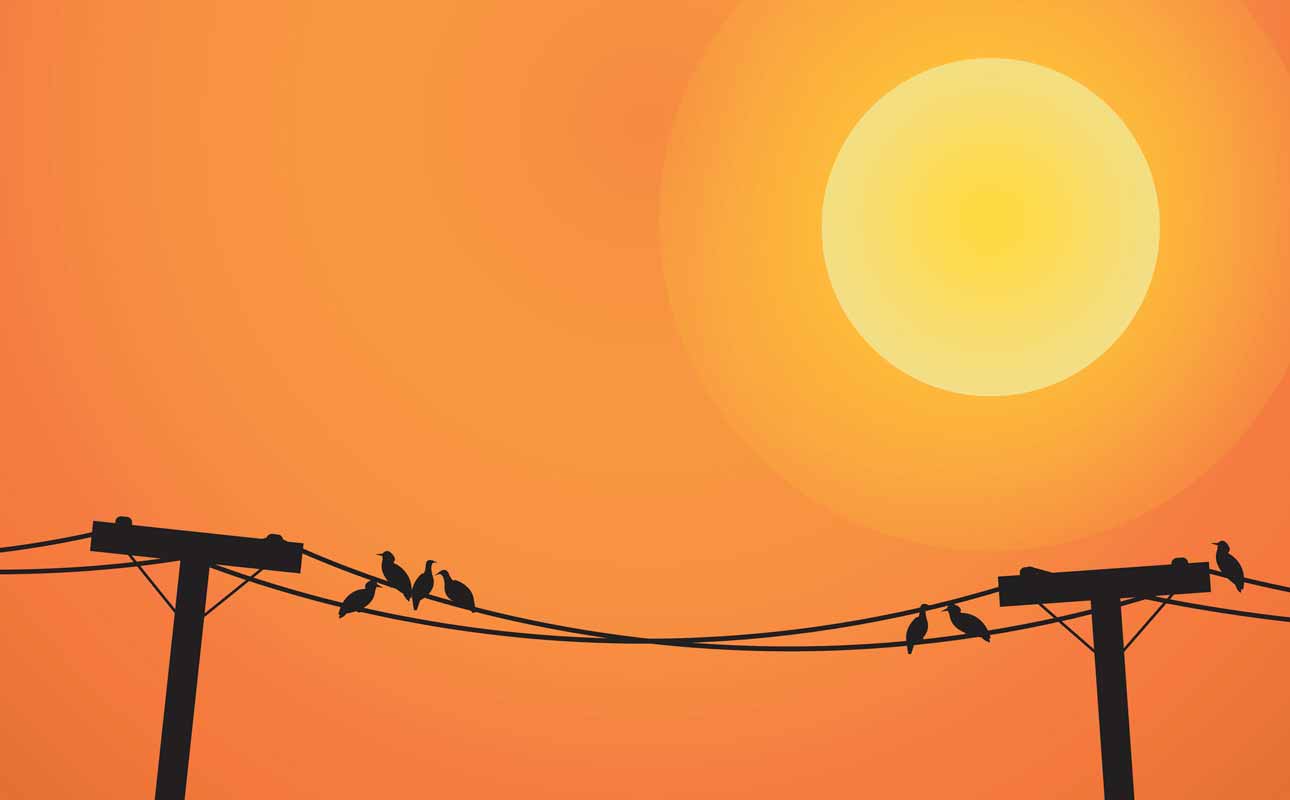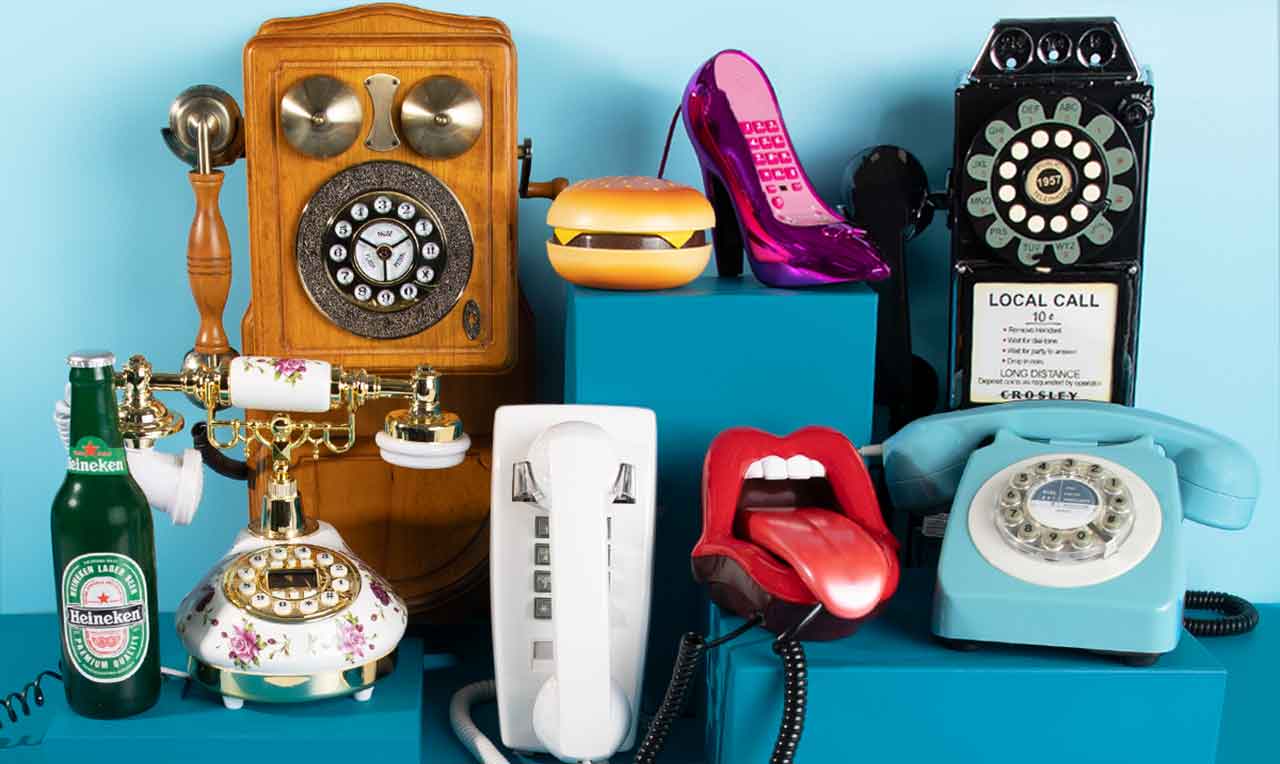What to do before big telecom gets rid of your home phone service

At Ooma, we’ve been watching and reporting about the demise of traditional copper phone lines for years—something we call the copper sunset. This trend has been getting a lot of buzz recently because of California customers who received letters informing them that AT&T is asking the California Public Utilities Commission (CPUC) to release the company from the obligation to provide traditional landline phone service in large parts of California.
This isn’t just a California problem. We’ve heard rumblings about similar actions in Texas and Michigan. AT&T has announced a plan to cut its copper network in half nationwide by 2025.
Understandably, this news is upsetting—especially for those living in areas with poor cellular coverage.
What can you do?
If you still have a traditional copper phone line, here are three ways to take action:
Be realistic. It’s important to understand that the FCC has shifted their focus to universal internet access. After decades of tightly regulating phone companies to keep traditional phone service rates reasonable and maintain high reliability, the FCC has shifted away from requiring carriers to continue offering copper-wire service. In a 2019 order, the FCC declared, “policies that encourage reliance on outmoded legacy services, by carriers and customers alike, serve no beneficial public interest purpose.”
So, if your home still has POTS lines, the federal government’s position is that you’ve got to deal with it on your own.
Research alternatives. It’s important to have a backup plan as landline home phone is getting more expensive and less reliable. Mobile phones are winning the popularity contest, but I don’t have to tell you about the many benefits of a home phone. Plus many homes rely on a landline to operate alarm systems and security gates. It also may surprise you that VoIP home phone service, for just pennies a day, can be as reliable as a landline.
If you don’t already have internet service, you’ll need it for your VoIP phones. But at the rate that home phone service is going up, you might be able to get both internet and VoIP phone service and still save money. Here are a few things to know about when looking for internet service:
- Avoid DSL internet because it depends on copper-wire phone lines—the same lines that are fading away.
- See if there are any wireless providers in your area that offer 5G wireless home internet service for your home.
- Consider satellite internet like Starlink, if you live in a remote area and have access to plenty of sky.
Have concerns about VoIP phones?
If your current home phone provider is pushing you to switch to their VoIP phone service, you may wonder if VoIP is the right choice for you. Let’s explore some frequently asked questions.
Will a VoIP phone work if the power goes out? VoIP phones need both the internet and electricity to work. To stay connected during an internet or power outage, look for a VoIP phone service and products that offer a backup battery and internet service, like Ooma Telo LTE with a battery backup.
Will I lose my home phone number? No, the U.S. Telecommunications Act of 1996 lets you keep your phone number when you switch phone service providers, as long as you remain in the same geographic location.
Does 911 work with VoIP phones? Yes, Ooma’s home phone service provides E911, connecting you to first responders in your area and displaying the physical location you registered on the device on their screens. Keep in mind that E911 availability depends on the E911 capability of the 911 call center in your area and that you keep your address updated with your service provider, so the correct address is provided to first responders.
What equipment do I need for VoIP phone service? Equipment varies depending on your VoIP service provider. For example, Ooma home phone service requires a base station for a one-time cost of approximately $100 to connect to your internet router.
How much does VoIP phone service cost? Prices vary by service provider. At Ooma, you can sign up for a Basic plan, which is free, plus applicable taxes and fees that depend on your location. Ooma also has a Premier plan for $9.99 a month, which includes advanced call blocking. If you’re interested in getting the Ooma Telo LTE with a battery backup, you’ll need the Premier plan and a wireless cellular connection for $19.99 per month. Monthly taxes and fees are about $4 to $8 depending on federal, state and local taxes.



